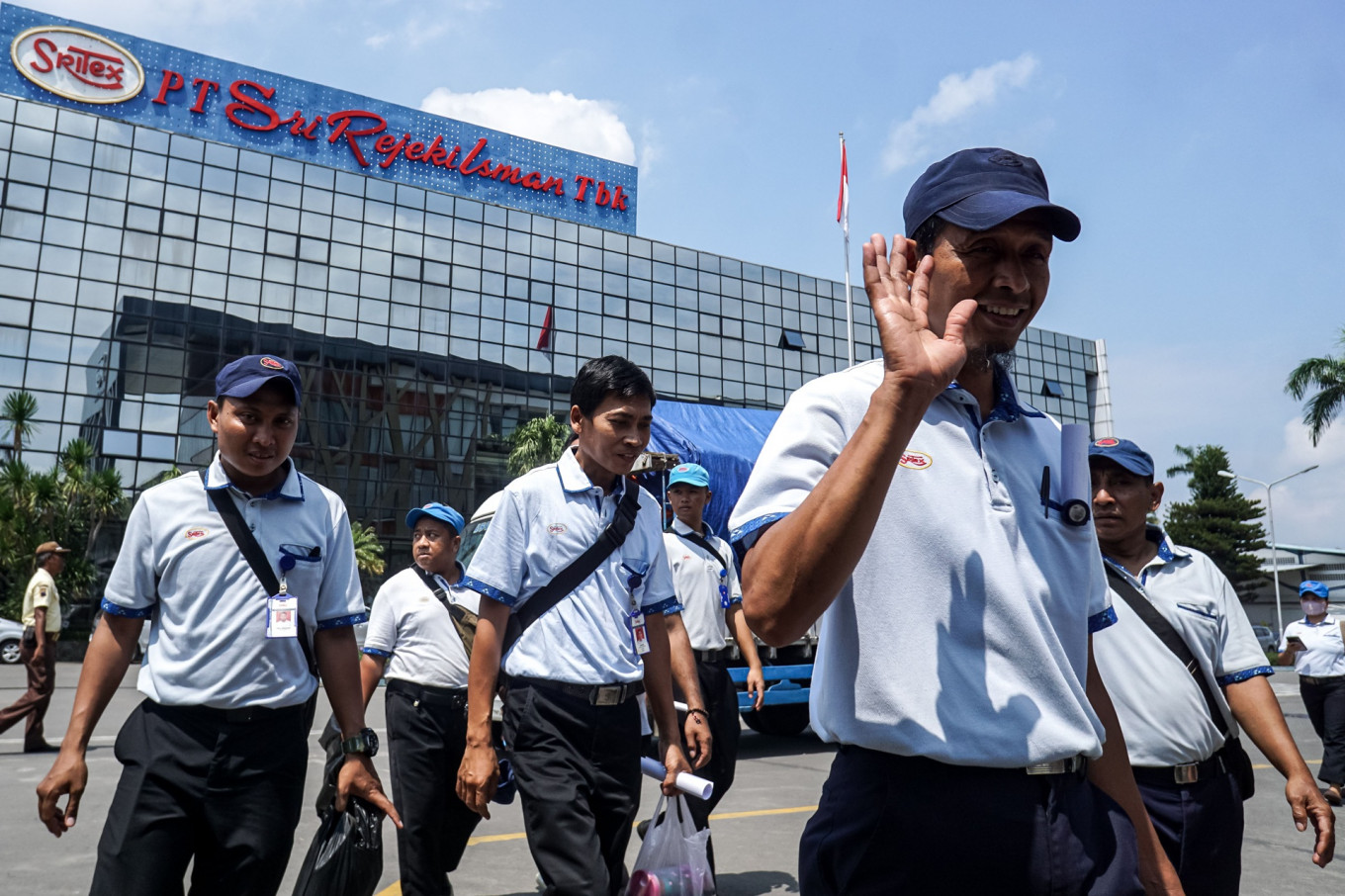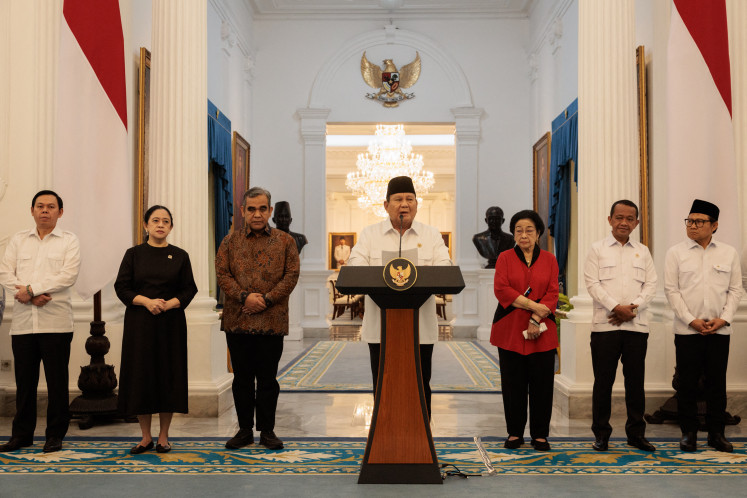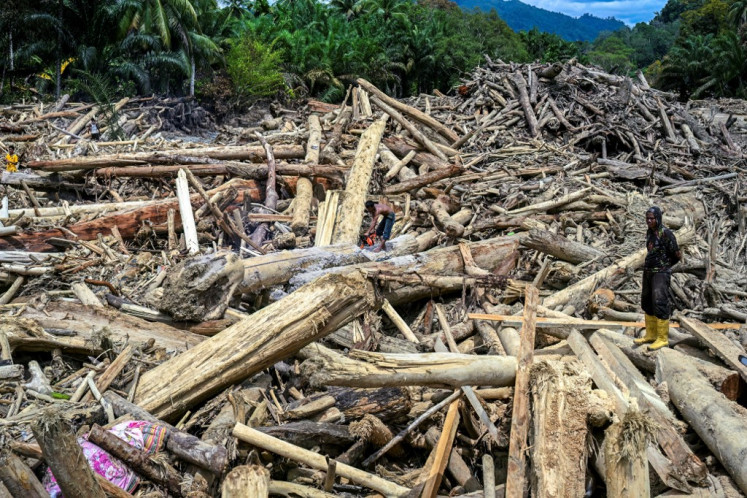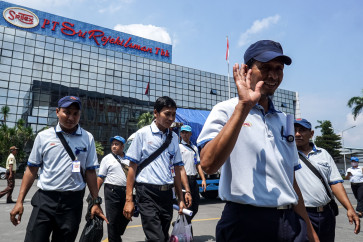Popular Reads
Top Results
Can't find what you're looking for?
View all search resultsPopular Reads
Top Results
Can't find what you're looking for?
View all search resultsBeyond Sritex bankruptcy: The deeper troubles of our textile sector
The sector has been grappling with a mix of internal and external challenges, including regulatory hurdles.
Change text size
Gift Premium Articles
to Anyone
A
wave of mass layoffs at Sritex, one of Indonesia’s largest textile companies, has sent shockwaves through the domestic industry. It is a painful development at the start of Ramadan, a month traditionally marked by joy and generosity.
Although President Prabowo Subianto has expressed plans to bail out the company, a critical question remains: Is this crisis a structural issue that demands a fundamental overhaul of the industry, or is it merely a cyclical downturn that will correct itself with economic recovery?
As a labor-intensive sector, the textile industry plays a crucial role in employment and economic growth. According to Statistics Indonesia (BPS), textiles accounted for 2.75 percent of total employment in 2024. Beyond its significance in job creation, the sector is also a key pillar of the manufacturing industry, contributing 5.34 percent to total manufacturing output in the fourth quarter of 2024.
However, the sector has been grappling with a mix of internal and external challenges, including regulatory hurdles. Inconsistencies in domestic regulations have been identified as among key contributors to the industry’s struggles. For instance, Trade Ministry Regulation No. 8/2024, which eliminated several technical requirements, inadvertently triggered a surge in textile imports in May 2024. The policy shift intensified competition from imported goods, further straining an already fragile industry.
The cyclical nature of the textile sector is also evident, with export demand serving as a key indicator of economic fluctuations. Over the past decade, Indonesia’s textile exports have experienced significant downturns, mirroring shifts in global economic conditions. In 2015, exports declined amid a global economic slowdown, while in 2020, the COVID-19 pandemic further disrupted international trade and supply chains.
More recently, in 2023, textile exports contracted by 15.95 percent year-on-year (yoy), primarily because of reduced United States imports, as retailers adjusted to post-pandemic inventory surpluses. These recurring cycles highlight the industry's susceptibility to external shocks, underscoring the importance of market diversification, policy adaptability and enhanced domestic resilience to mitigate future downturns.
Nevertheless, it is essential to recognize that the decline of Indonesia’s textile sector began long before the implementation of this regulation. An IFG Progress study reveals that the industry's production capacity has been in steady decline since 2019, dropping from a peak of 84.93 percent that year to 67.12 percent by December 2024. This downward trend was further exacerbated by the pandemic, which disrupted global supply chains and dampened demand. According to UNComtrade data, Indonesia’s textile and garment exports saw a 15.95 percent decline in value during this period, highlighting the industry’s deep-seated vulnerabilities that extend beyond recent regulatory changes.



















